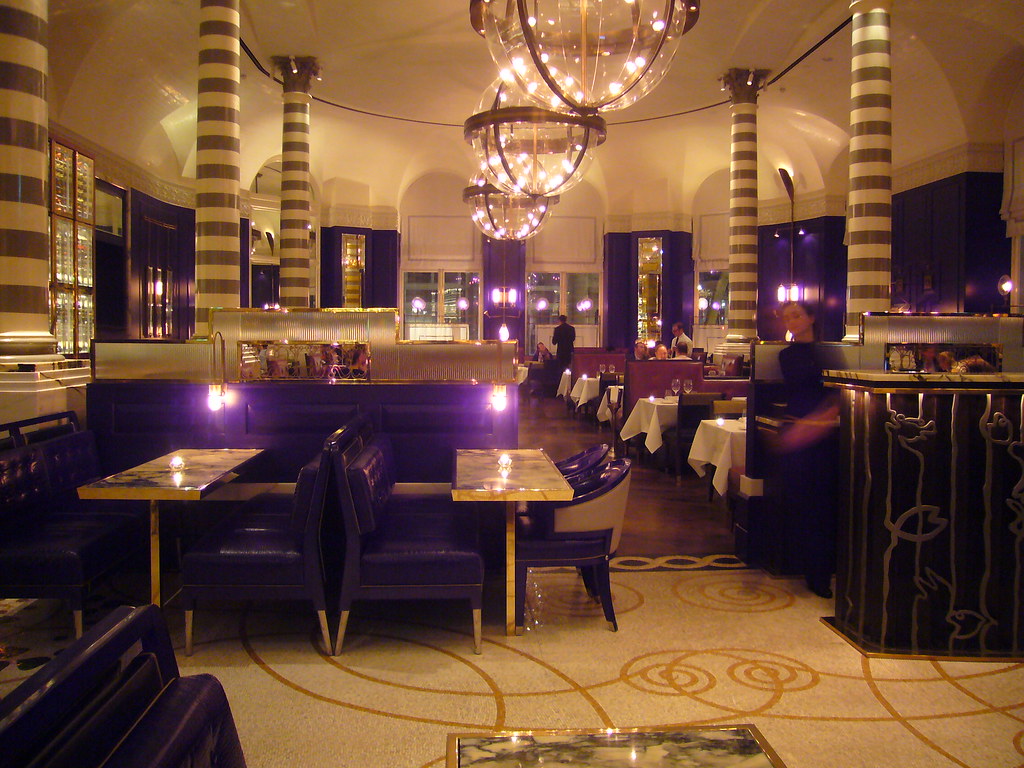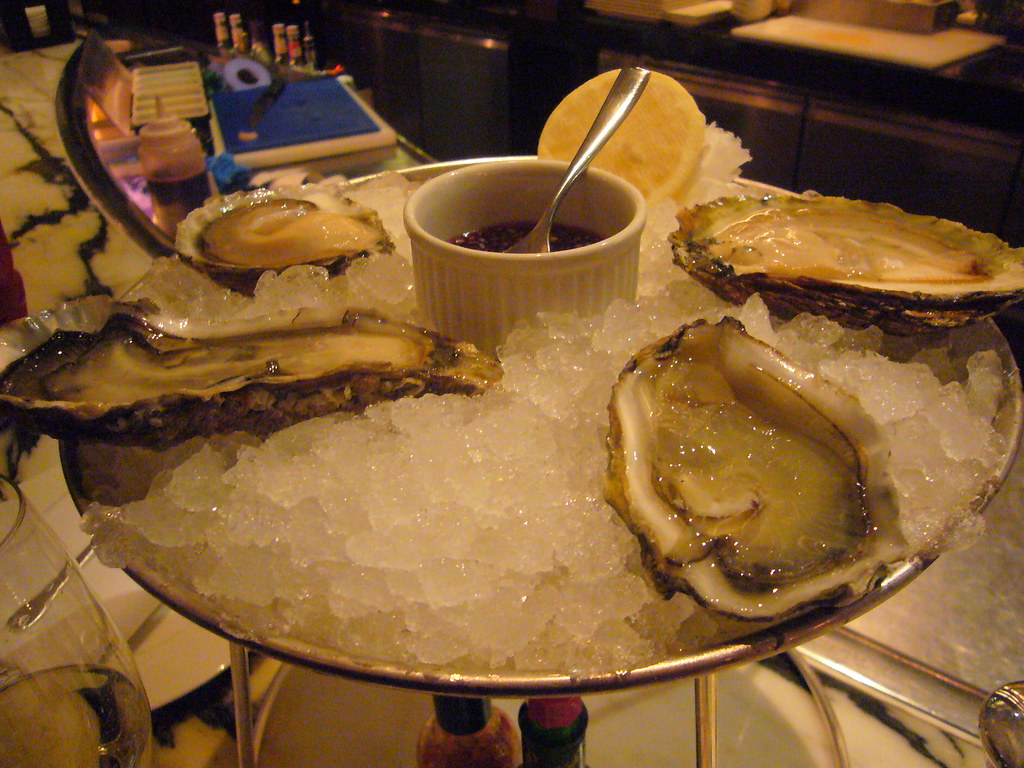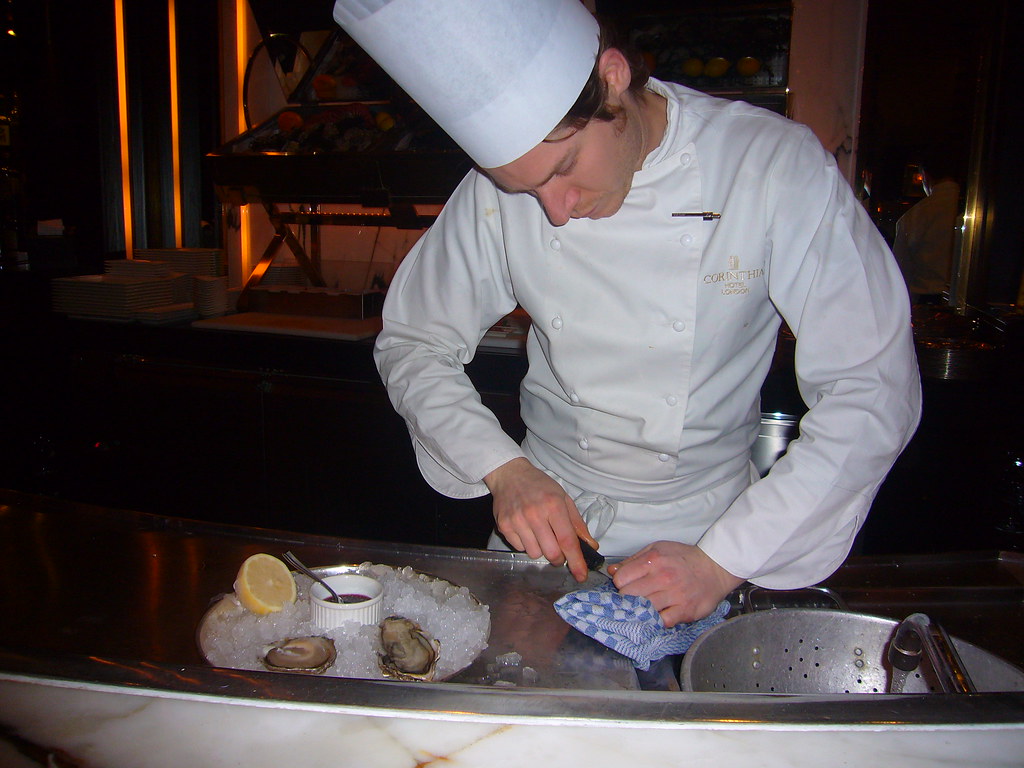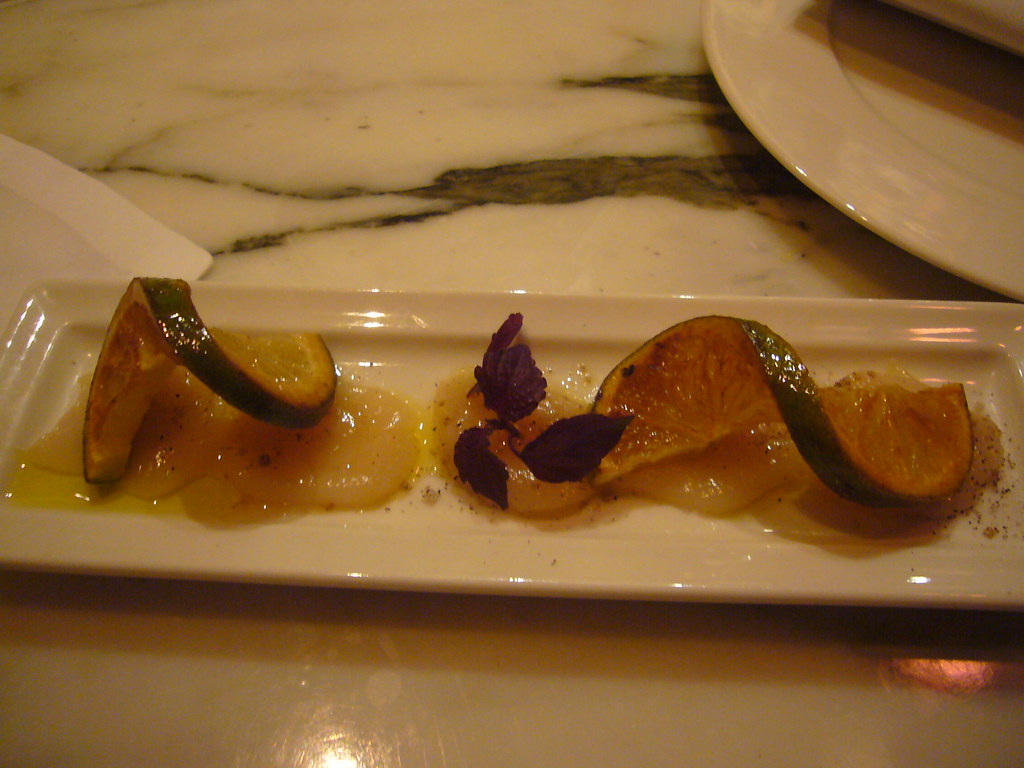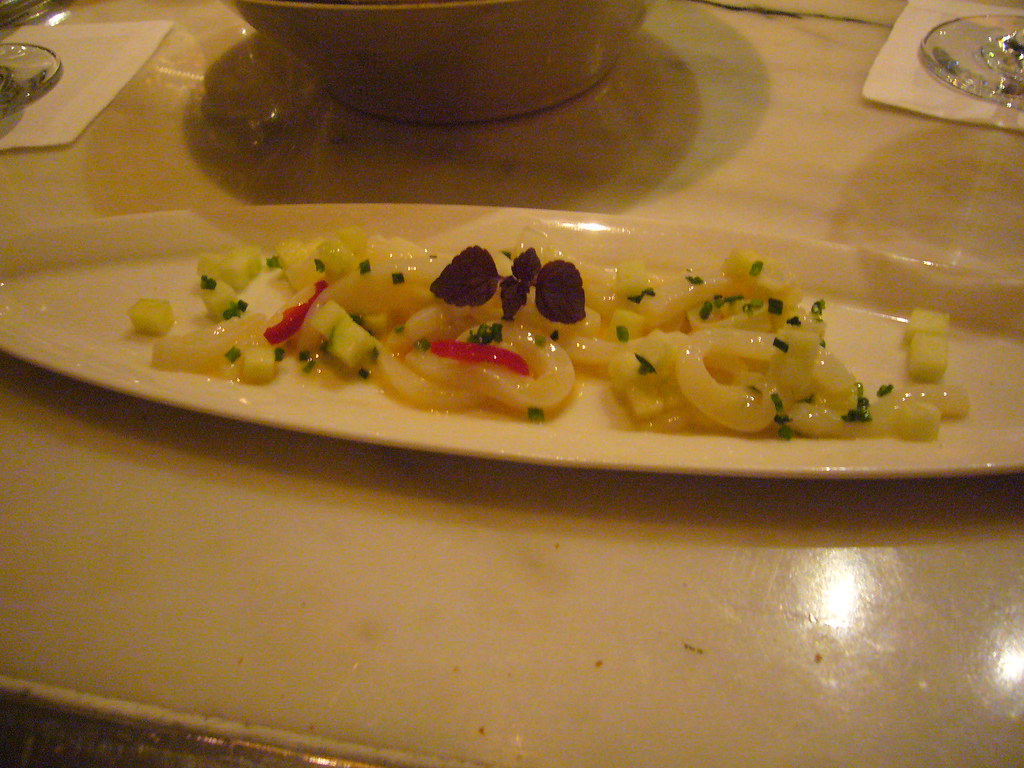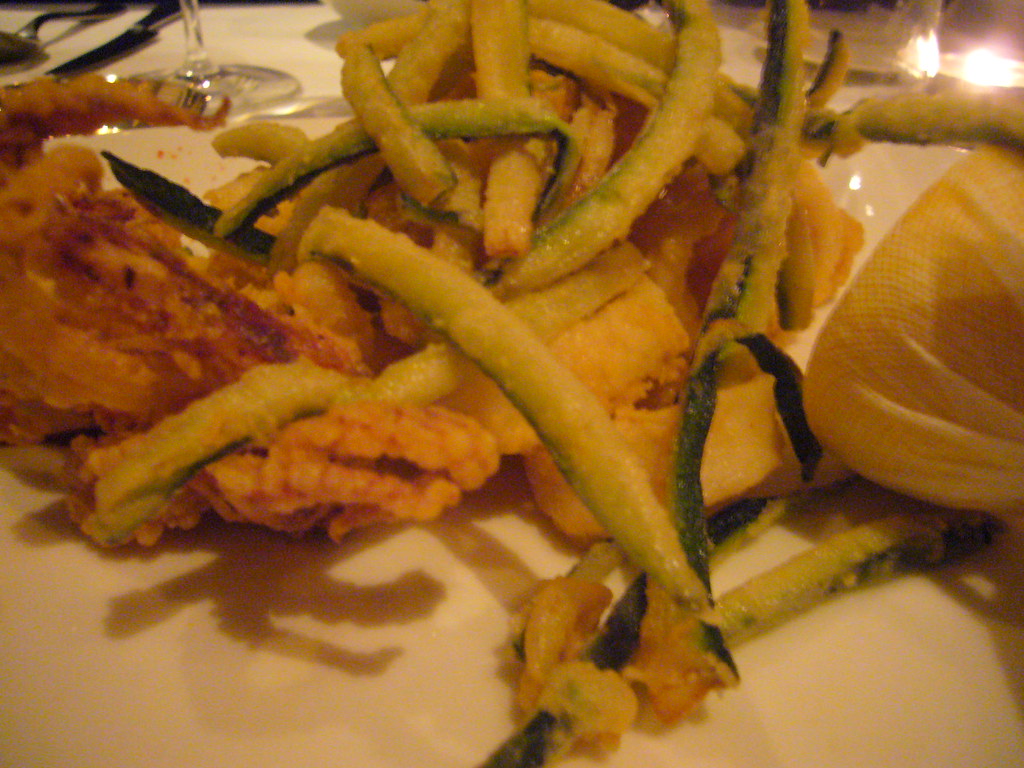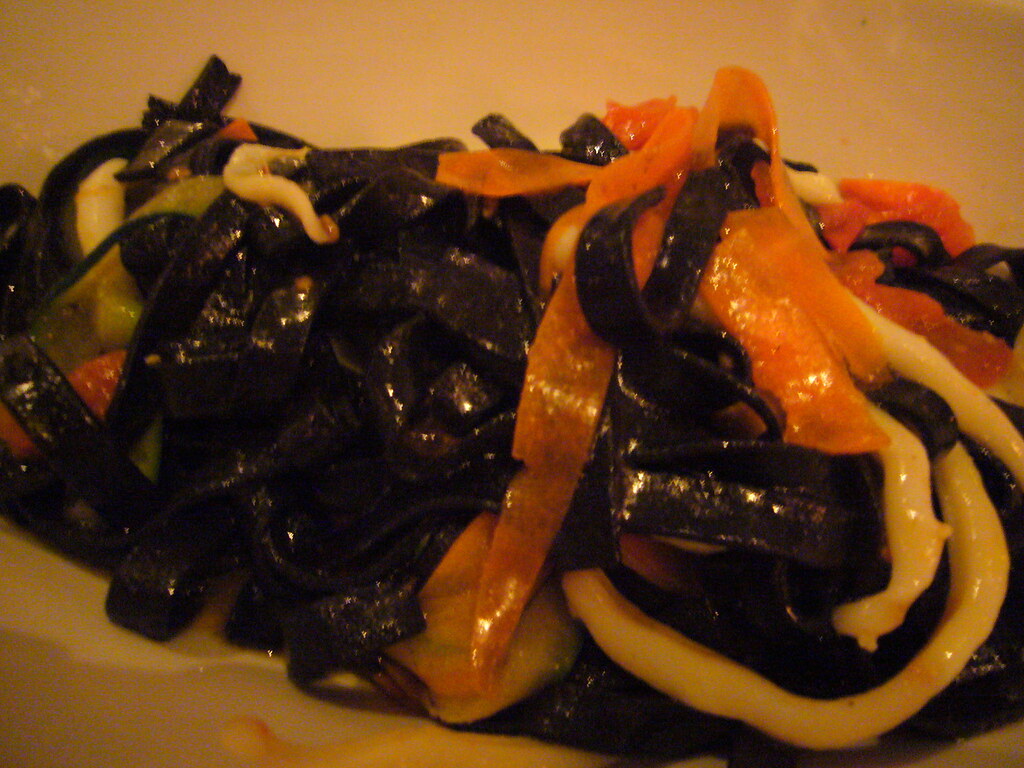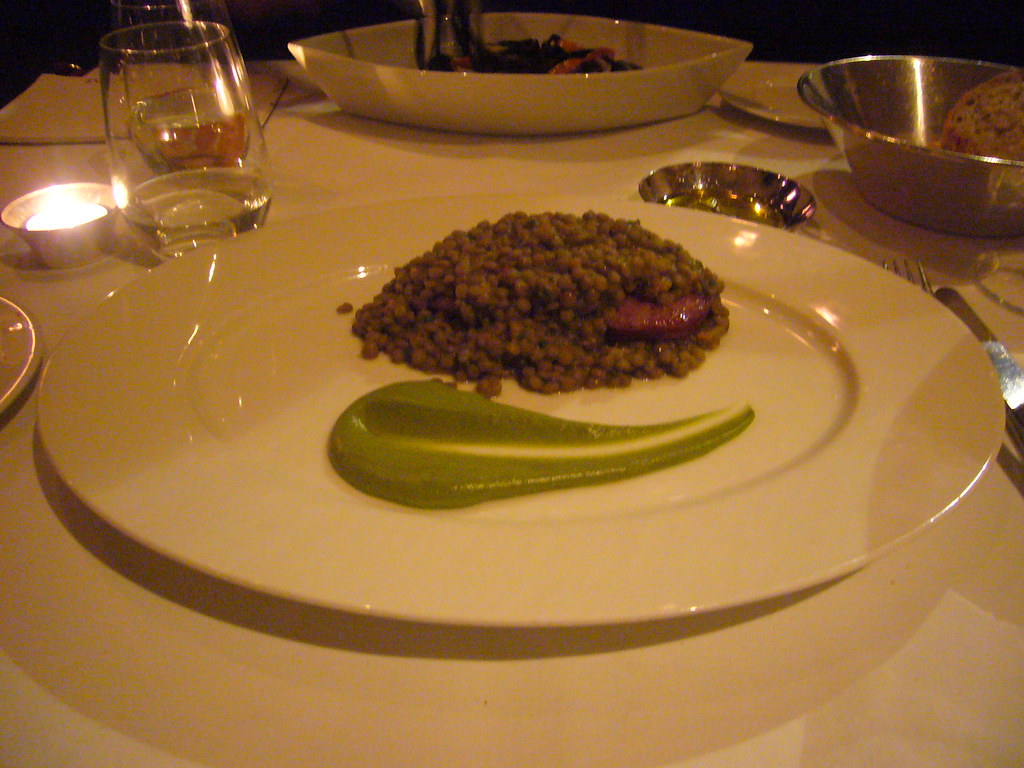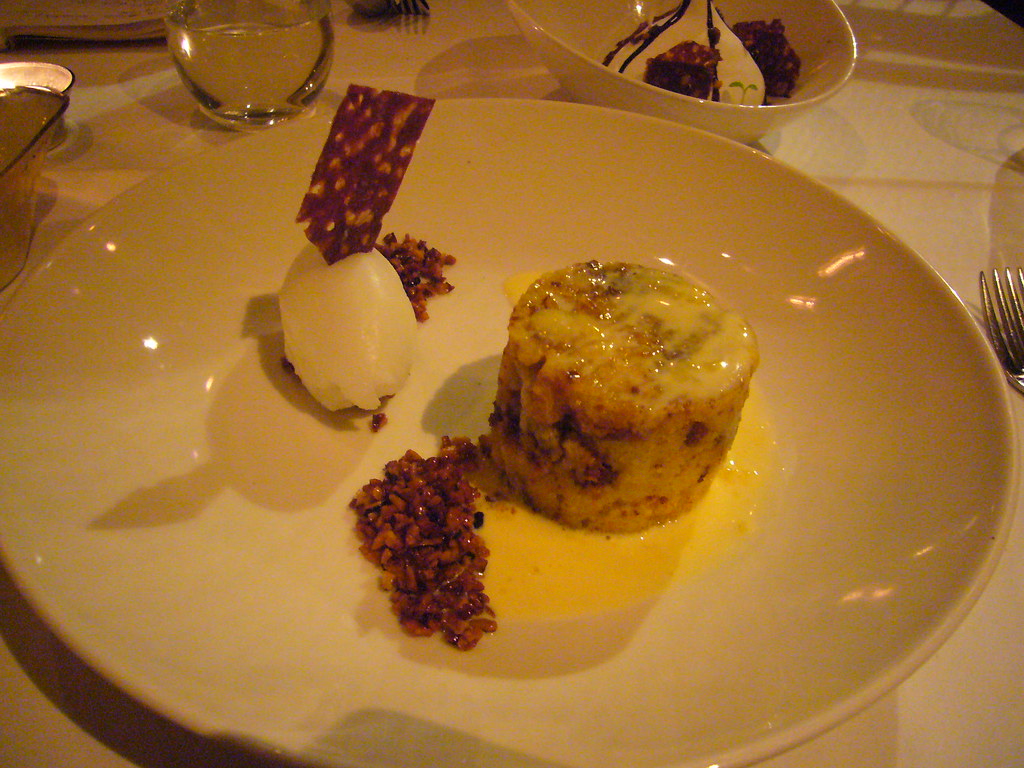Words and Photography by Marina Benjamin
I first ate at The Greenhouse in Hays Mews, Mayfair back in 2003, when Bjorn van der Host presided over the kitchen. Already the food was inventive, yet confidently simple, and anyone with a half-decent palate could see that Michelin stars would soon be raining down on the forward-looking kitchen. One duly arrived that year, and its guiding rays have been drawing the well-heeled of residential Mayfair though The Greenhouse’s unassuming wooden doors ever since.
The décor, too, has moved upmarket, but without sacrificing comfort. Cream leather chairs and banquettes are clean-looking and functional. And the glass-fronted installations of twigs, covering several walls, feel more arts & crafts than high art. The Greenhouse is also pleasantly unstuffy. A relief to anyone who disdains those austere – and I think chilly – ‘cathedrals of food’ where no one speaks above a whisper for fear of attracting a glare from the maitre’d.
The night I went along to sample Executive Chef Arnaud Bignon’s new tasting menu (available April), the welcoming staff, soft-glow lighting and anticipation of fine dining, warmed the atmosphere into companionable liveliness.
The Greenhouse has long specialized in delicately wrought modern European food, but under Executive Chef Antonin Bonnet, and then, since last April, Bignon, the slant has become distinctly French – as if the perfectly formed and satisfyingly crunchy mini-baguettes piled into the bread basket aren’t a giveaway.
The appetising set lunch menu is excellent value at £29 for three courses, even if trendy descriptions leave rather a lot to the imagination. On the current menu for example the cod dish is flagged up thus: ‘potato/wasabi/garlic’ and the pork: ‘ras-al-hanout/ aubergine/red pepper’. You know what’s gone into the thing, but not what’s going to comes out.
Dining á la Carte will set you back £75 for three courses, which is about average for a restaurant of this calibre. But the wine list, extensive and well-sourced, is on the pricy side, with very few appealing bottles to be had for less than £60.
Our meal had a crowd-sourcing theme, with Bignon floating 8 dishes by us in order to select 5 for his tasting menu. We kicked off with shredded Cornish crab – ‘mint jelly/ cauliflower/ Granny Smith apple/ curry’. It came in a dubious bowl, part Start-Trek oracle, part Olympic discus, whose deep concavity disguised all but the topmost layer of the dish – a bright green gel in the middle of which sat a pale quenelle of mousse. The word ‘eyeball’ comes to mind.
Still, this was a delicious and perfectly judged dish, the mix of refreshing minty-apple gel and earthy cauliflower mousse giving way to an underlay of sweet crab, offset with a mildly curried yogurt dressing. The dish is a Bignon special. It’s on the á la Carte menu and I’d recommend it to anyone.
The next dish had a ballsy tomato puree sit beside a morsel of sautéed fois gras, like an ill-matched couple. I’m afraid no amount of strawberry soup could bring them into flavourful accord. It might have worked, sans tomate, and had the strawberry jus been less soupy and more like a sticky syrup; but sad to say, the components of this dish never got to be on good terms.
Two fish dishes followed, one delicate, one bold. First sea bass – a finger of fish served with a wafer of yielding polenta and a shy creamy yuzu dressing. Then a pave of John Dory, warmly spiced with cumin, pepper corns and mace. This was succulent and more-ish, grounded by the deep notes of a siren-coloured beetroot puree.
A tranche of Yorkshire lamb, seared on two edges and rudely pink in the middle, came with a power-packed jus and a stick of fried aubergine bathed in a soy caramel. While pigeon arrived sprinkled with sweet almond crumbs and accompanied by a puddle of melting onions and rhubarb. Both dishes looked exquisite – the lamb, a minimalist’s delight, Spartan and symmetrical on the plate, the pigeon, a model of nouveau-rustic finesse, with everything hugging to the middle.
Each course was paired with a unique wine. Most enjoyable for me was a spicy and fulsome Syrah from the Georges Verney estate, priced at an affordable £55. It was served with the lamb, but I happily stuck with it.
Bignon made us two sublime puds, pineapple with lemon sorbet and lavender foam, and a layered filo sandwich filled with piped orange mousse, and skirted with slivers of fresh date and orange. No doubt about it, this was a feast fit for foodies of all stripes.
At the meal’s end, my table of food writers and bloggers were happy and satisfied. My few quibbles were with the amuse bouches offered at the top of the meal, which were diverting in a Willy Wonka sort of way, but neither tasty or exciting. Also at £90 the tasting menu was more accurately a grazing menu. Every course was similarly portioned. There was no build to a stand-out main; and a noticeable lack of carbohydrate. The lamb, in particular, would have sizzled alongside a potato fondant, or an earthy root-vegetable puree. But it was all rather lean and self-denying. Bingon has said in interviews that he’d take bread over any other carb, and he’s clearly a man of his word. But I felt that even a small gesture towards another member of the starch family was needful.
Good news for food lovers is that most of the dishes sampled are available á la carte. However my top votes go to the crab, lamb and pineapple, the last of these served, once again, in those hockey puck shaped bowls, which, this time, hid a surprisingly delicious pine nut crumble.
Update as of 2nd April 2013: April's tasting menu has been decided and can be seen below in all its glory:
April Tasting menu
Cornish crab
Mint jelly/ Cauliflower/ Granny Smith apple/ Curry
Morel
Liquorice/ Amontilado
John Dory
Heirloom beetroot/ Vadouvan/ Onion seedling
Yorkshire lamb
Red pepper Romero/ Miso/ Spring onion/ Hummus
Pineapple
Pine nut/ Lavender/ Lemon








